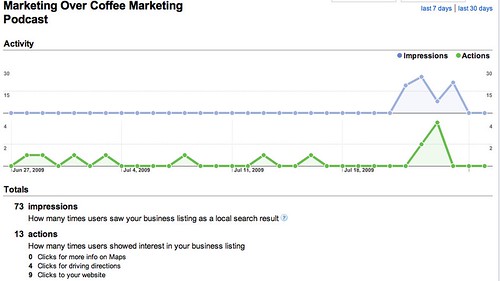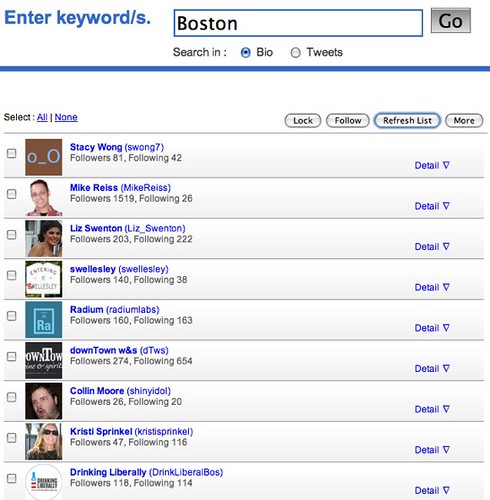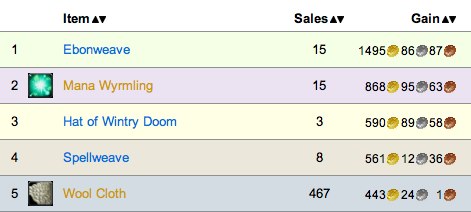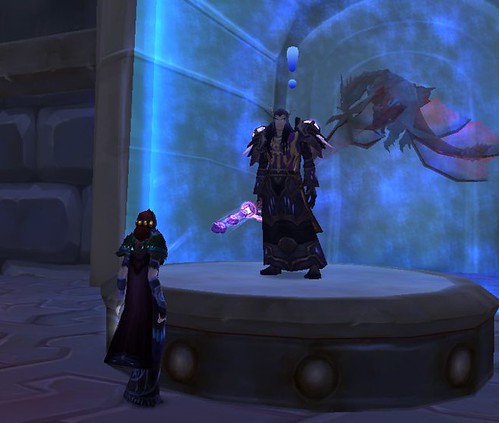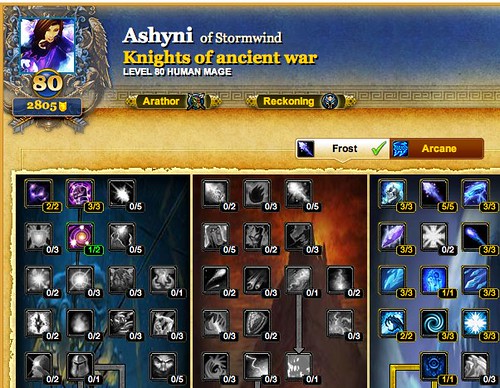What’s the secret formula, the special power, the magic bullet that will drive growth, especially in new media and social media?
It’s really simple.
It’s really easy.
It’s also very difficult for too many people and companies to ever bother doing.
Be helpful.
Here’s the thing about promotional efforts online, about marketing online. There are all kinds of different emotions and mindsets you can market to, but they all come with risks and niches that are difficult to hit accurately on a routine basis. Doing a video that you want to go viral? You can try for funny, but sense of humor is tricky. You can go for provocative or peddle sex, but you’re going to lose some people there and you’ll have to handle people who are seriously offended by your perceived lack of taste. You can aim for outrageous, but more often than not, your efforts will simply fall flat. Mark Yoshimoto Nemcoff recently wrote a great perspective on why things do or don’t go viral and the reasons behind them – give his article a read.
It’s hard to hit sexy, stupid, funny, or outrageous. It’s hard to get the mix just right.
It’s easy, by contrast, to be helpful. Helpful is far more universal than sexy. Helpful is far less likely to engender outrage than badly formed humor that comes off as insulting or offensive. Helpful is something that is instinctively wired into many people as part of the culture.
Helpful is valuable, because we all need help with things. We all need advice or a solution to a problem, and if you’re helpful, if you behave in a manner that legitimately helps me whether or not you make a sale, you’ve created value. If your product or service is powerfully helpful, it will practically sell itself. Take a look at Trust Agents, Chris and Julien’s book. Look at the movement around it that’s been fed by the authors’ focus on being helpful long before the book was even created.
Helpful is self evident. If you’re debating whether something you’re doing is helpful for your customers, then it’s not. If there is a question in your mind about whether a product or service is helpful for your customers, the answer is no, it’s not helpful. If you ask someone else at your company whether a decision is helpful or not to your customers and the answer is longer than yes – particularly if it’s a long, convoluted justification, then the answer is no. Helpful is obvious.
You can spot a company that’s in its death spiral incredibly easily. Just look at their decisions on a spectrum of helpfulness. If a decision or action is authentically helpful to its customers, that business will grow. If a decision or action is designed to reduce helpfulness to customers, that business is eventually dead meat. Cut back on customer service or call center staff? Dead meat. Make it hard for a customer to talk to a human being? Dead meat. Increased marketing budget but decreased quality control budget? Dead meat. Increased prices but decreased store hours? Dead meat. Eliminate useful features of your service to cut costs but you’re flinging press releases around like crazy? Dead meat. Focused all your efforts on marketing instead of creating helpful content, products, or services? Dead meat.
Here’s a test to see if your own company is in trouble. Read your company’s web site and its newsletter. If you can’t find one thing in each outlet that isn’t legitimately helpful with no strings attached, you’re in serious trouble and you might want to think about polishing up your resume if you can’t incite change internally.
Helpful costs. It requires time, energy, money, and resources to focus on how you can help your customers, and very often it’s at odds with the beancounters demanding ROI on everything down to the spoon in your coffee cup. Helpful, however, is an investment that is becoming mandatory in the digitally social sphere, because real time search and real time reputation mean that your old marketing tricks are losing steam and fast. Google, Facebook, and Twitter are already demonstrating that. Only through creating authentic, real value can you remain competitive in the hyperspeed environment of the real time Web, and the fastest, easiest, and most convenient way to create value is to focus on being helpful.
How do you know when you’re succeeding at being helpful? Sales will go up, sure. More people will link to you, blog about you, Twitter about you, sure. But you’ll know when you’re truly being helpful when you receive gushing emails, notes, blog comments, and letters from your customers thanking you for your very existence. Those trophies are a great metric to determine if your efforts at being helpful are working.
How can you turn around your business or propel it to the next level? Refocus on being helpful.
You’ll sleep better at night, too.
Did you enjoy this blog post? If so, please subscribe right now!
Enjoyed it? Please share it!
Get this and other great articles from the source at www.ChristopherSPenn.com



